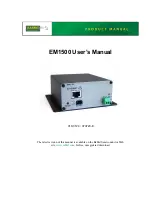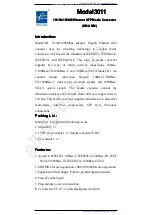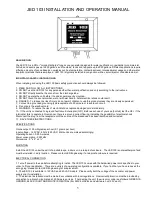
6-1
6. Maintenance and Troubleshooting
Overview
This chapter describes maintenance and checkup procedures for the electromagnetic
flowmeter and reference information for troubleshooting.
6.1 Troubleshooting
Types of trouble
Introduction
There are three types of trouble that could happen when the electromagnetic flowmeter is
started up for operation.
ȲTrouble caused by the deviation of actual conditions of use from the specifications of
the electromagnetic flowmeter
ȲTrouble caused by mistakes in settings or operation
ȲTrouble caused by failures of the electromagnetic flowmeter
Trouble experienced during the operation of the electromagnetic flowmeter is recognized
either as a “major trouble” or a “minor trouble” by the self-diagnosis functions of the
transmitter, before it is displayed or addressed.
If any trouble occurs, refer to the troubleshooting guide described here to take appropriate
corrective action.
Major trouble
A case of major trouble refers to a state or failure that significantly impairs the operation
of the electromagnetic flowmeter and will lead to the damage of the flowmeter if
left unaddressed. If a case of major trouble takes place during the operation of the
electromagnetic flowmeter, an error message appears in the display panel of the
transmitter’s main unit.
Minor trouble
A case of minor trouble refers to a state or failure that does not significantly impair the
operation of the electromagnetic flowmeter. If the transmitter self-diagnoses that a trouble
event that occurred during operation is a case of minor trouble, the electromagnetic
flowmeter continues to output the instantaneous flow rate value.
Summary of Contents for MagneW Plus+ MGG14C
Page 6: ...iv ...
Page 8: ...vi ...
Page 11: ...1 3 Figure1 3 System using a Foundation Fieldbus ...
Page 14: ...1 6 The following table is a summary of the functions of each of the keys ...
Page 26: ...2 6 ...
Page 42: ...4 6 ...
Page 78: ...A 10 ...
Page 105: ......
Page 108: ......
Page 110: ......
















































